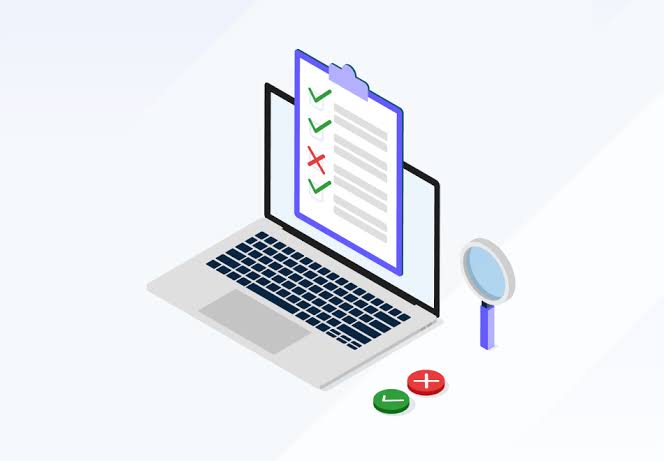#QuickBiteCompliance Day 116
🚨 **What’s a “False Positive” in Financial Crime? Let’s Break It Down!** 🚨
Imagine you’re playing a game of “Guess Who?” but instead of people, you’re looking for bad guys on a list. Sometimes, the system thinks it found a match, but when you double-check, it’s NOT the right person. That’s called a **False Positive**!
For example, let’s say someone named *John Smith* is on a sanctions list (a list of bad guys). The system flags another *John Smith* who’s totally innocent. That’s a False Positive.
**But here’s the twist:** Bad guys can use this to their advantage! 🕵️♂️
1. **Hiding in Plain Sight:** They might use names similar to innocent people, hoping their transactions get lost in the sea of False Positives.
2. **Overloading the System:** They might create tons of transactions that look suspicious but aren’t, so real alerts get buried.
3. **Exploiting Weak Systems:** If a company doesn’t review False Positives carefully, bad guys can slip through the cracks.
This is why it’s SO important to have smart systems and people who can tell the difference between real threats and False Positives.
💡 **Fun Fact:** Tools like #InclusiveRegtech and #OpenSourceAML are helping make this process faster, smarter, and fairer for everyone!
Let’s keep fighting financial crime together! 💪
📚 Learn more about terms like this here: [ACAMS Glossary of Terms](https://www.acams.org/en/resources/aml-glossary-of-terms)
#FinancialCrime #AML #FalsePositive #InclusiveRegtech #OpenSourceAML #100HariNulis #StaySmartStaySafe

